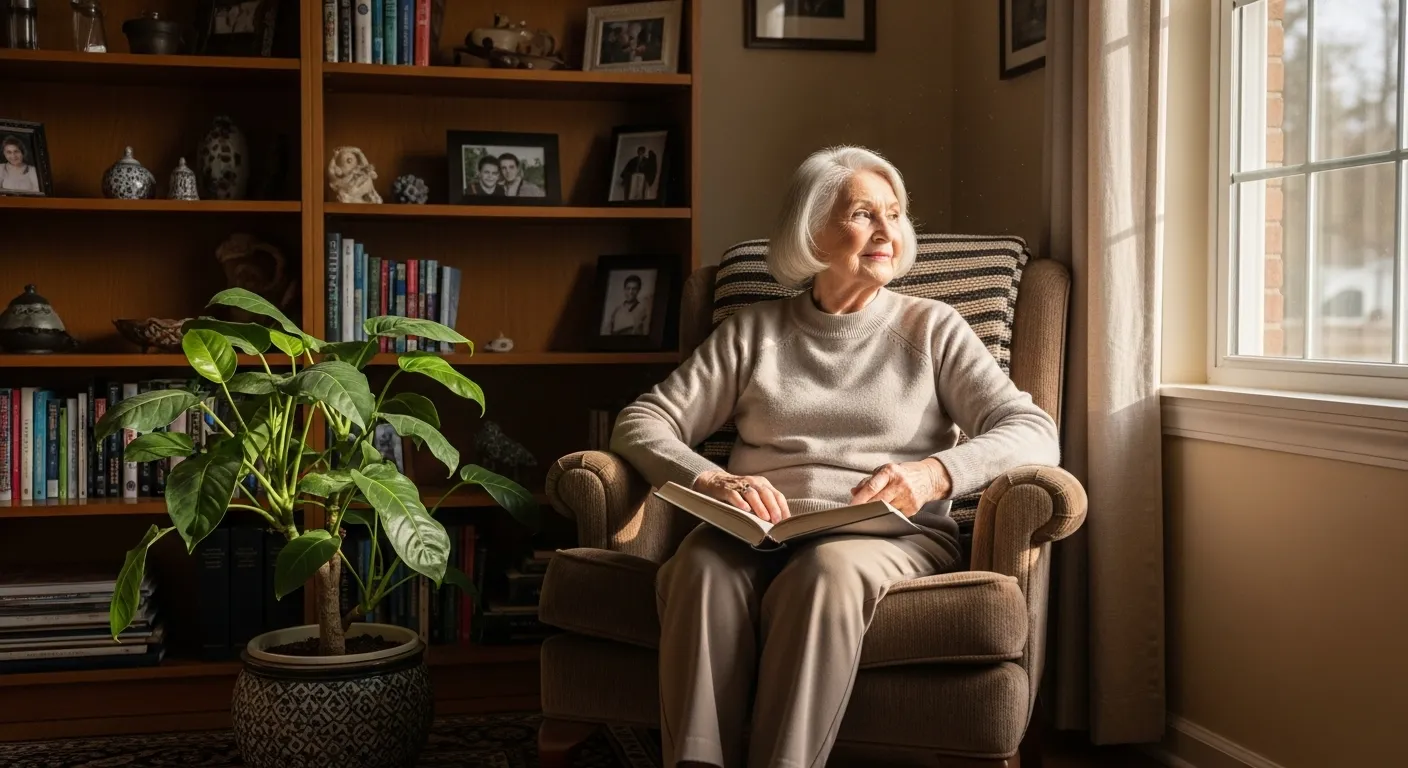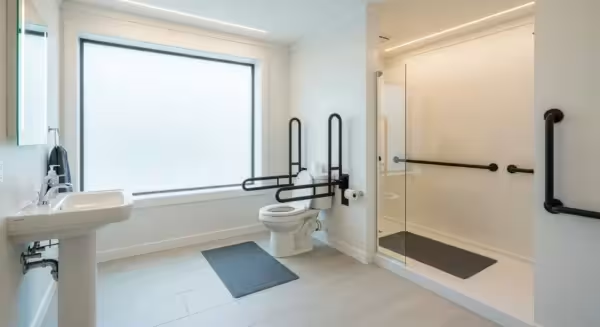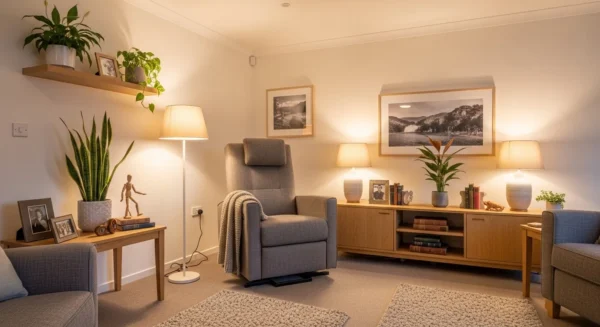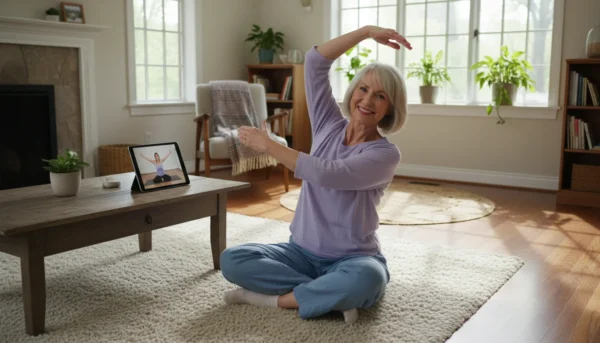
Introduction: Prioritizing Your Health with Mindful Practices
As we navigate our golden years, prioritizing our well-being becomes more important than ever. Maintaining physical health through gentle exercise and a balanced diet is often discussed, but what about our mental and emotional health? The stresses of daily life, health concerns, and life changes can accumulate, impacting our overall quality of life. This is where the gentle, time-honored practice of meditation can become a powerful tool for promoting calm, clarity, and resilience.
For many seniors, the idea of meditation might seem foreign or complicated, perhaps involving sitting in uncomfortable positions for long periods. The reality, however, is that meditation can be adapted to fit any age, lifestyle, and physical ability. It is not about emptying your mind, but rather about learning to observe your thoughts and feelings without judgment. Think of it as a gentle exercise for your mind, helping you build strength against stress and anxiety.
Embracing simple mindfulness and meditation techniques can be a key component in maintaining your independence and enjoying a vibrant, fulfilling life. By learning to quiet the noise and connect with the present moment, you can cultivate a sense of inner peace that supports every other aspect of your health. This guide will walk you through the safest and most effective meditation practices specifically for older adults, helping you begin your journey toward stress-free aging with confidence and care.


















